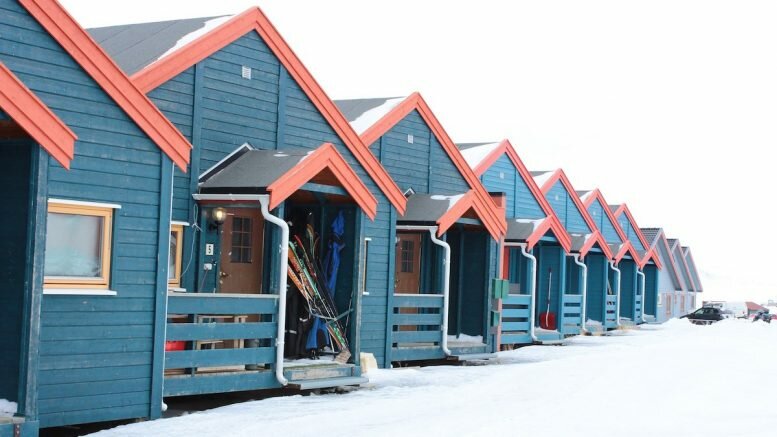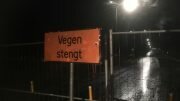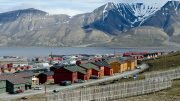Considered the northernmost town in the world, Longyearbyen is located on the Arctic archipelago of Svalbard. Apart from a unique location, Longyearbyen also has some out-of-the-ordinary rules about dying in the town.
If someone is close to dying in Longyearbyen, they must be swiftly flown to mainland Norway. In fact, this policy applies to any inhabited areas of Svalbard – all of which are on the Arctic archipelago’s largest island of Spitsbergen.
Wondering why that is?
There’s a long history behind the policy. It dates back to the 1950s when Svalbard locals made an alarming discovery. Namely, they realized that bodies of the dead that were buried underground weren’t decomposing.
This is because the temperature and weather on Svalbard (which sits between the 74th and 81st latitudes north) are frigid year-round.
December temperatures in Longyearbyen average between -14 and -8 degrees Celsius. Long periods of cold (we’re talking temperatures between -30 and -20 degrees Celsius) are not unknown.
July is Longyearbyen’s warmest month, with temperatures averaging between 5 and 9 degrees Celsius.
Local concern grew that since bodies were frozen – and preserved – rather than decomposing, the risk of disease spreading would be higher. And so, the new policy was enacted.
Cremated burials are still allowed on the island, but they require a state license. No other burial types are allowed.
So dying on the island isn’t illegal, per say; instead, per policy, it should be prevented.
The reasoning behind the rules was officially backed in the 1990s when scientists found that the body of a human who had passed in 1918 from influenza still contained the virus, fully preserved.
If the frost were to thaw, this would pose a huge risk to the Svalbard population – which already faces hardships ranging from four months of total darkness in the winter, across frigid temperatures, to the risk dangerous confrontations with polar bears.
Such conditions are not for the faint of heart, which is probably why the total human population of Svalbard is under 3000, with around 2000 inhabitants living in Longyearbyen.
Source: Norway Today






Leave a comment